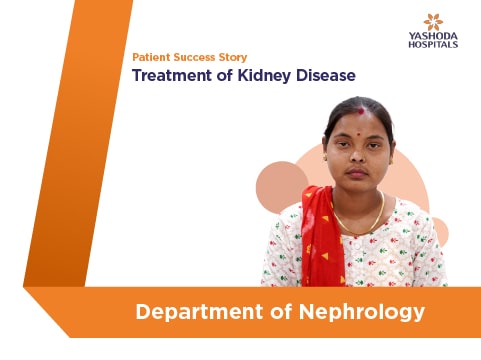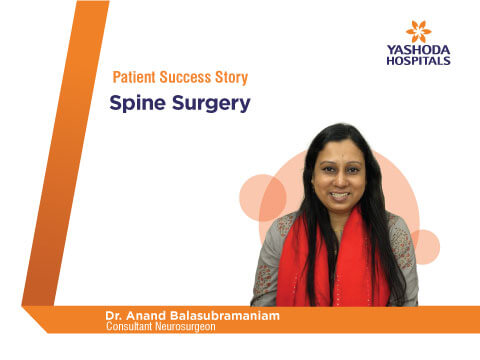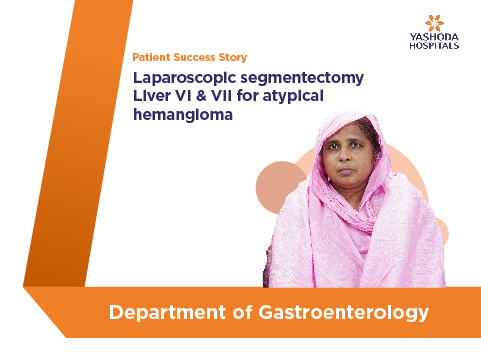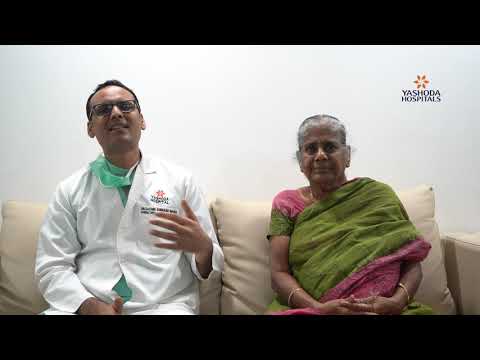Patient Testimonial for TAVR & Leadless Pacemaker Implantation
- Patient Name
Mrs. D. Varalaxmi - Treatment for
Aortic Valve Stenosis - Treated by
Dr. D. Sitaram - Speciality
Cardiology - Procedure
TAVR & Leadless Pacemaker Implantation - Patient Location
Telangana
Testimonial by Mrs. D. Varalaxmi
TAVR, which stands for transcatheter aortic valve replacement, is a minimally invasive procedure used to treat aortic valve stenosis, a type of valvular heart disease. During the procedure, a new valve is inserted through a catheter and guided to the heart through a small incision. Once in place, the new valve is expanded, replacing the old, damaged one.
Coronary artery stenting is performed to treat coronary artery disease. During the procedure, a small wire mesh tube called a stent is inserted into a narrowed or blocked artery. The stent helps to push the artery open, improving blood flow to the heart muscle.
A leadless pacemaker is a tiny device that is implanted directly into the heart. Traditional pacemakers are connected to the heart by wires, but leadless pacemakers are self-contained and do not require wires to be connected to the heart, where they deliver electrical signals to control the heart’s rhythm.
All these procedures are minimally invasive and offer several advantages over traditional open-heart surgery, like faster recovery time, fewer complications, and less pain and scarring. But they are not appropriate for all patients and must be carefully considered by the cardiologist before the treatment.
Mrs. D. Varalaxmi from Telangana successfully underwent TAVR, Coronary Artery Stenting, and Leadless Pacemaker Implantation at Yashoda Hospitals, Hyderabad, under the supervision of Dr. D. Sitaram, Consultant Cardiologist.














 Appointment
Appointment Second Opinion
Second Opinion WhatsApp
WhatsApp Call
Call More
More





